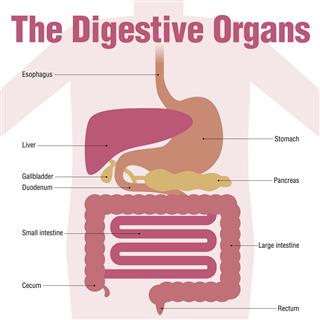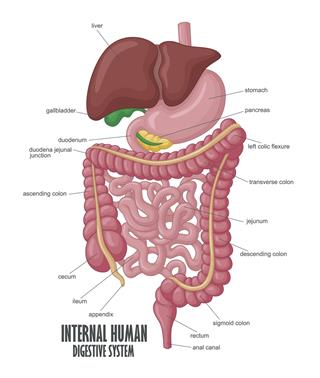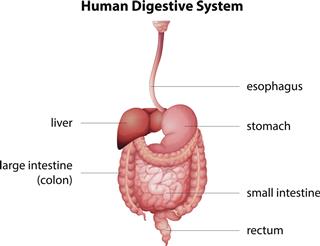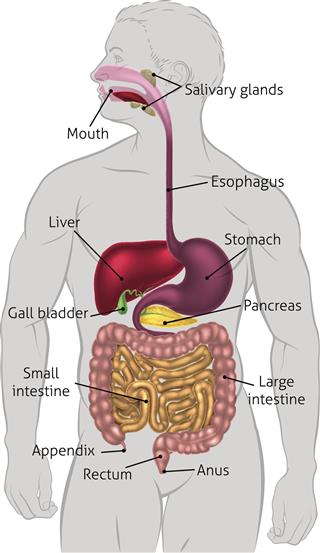
The human liver is located on the right side of the abdomen. This article will give you detailed information on the position of the liver in the human body.
The liver is one of the most important organs in the body. So, it is natural for you to be curious about the location and functions of the liver. Here we will take a detailed look on the placement of the liver, its functions, and also about the diseases associated with it.
Location of the Liver
In simplest terms, it can be said that the liver is located on the right side of the abdominal cavity, just below the diaphragm. In scientific terms, it is said to be located in the right upper quadrant of the abdominal cavity. The gallbladder is located to the exact back side of the liver in the human body. If one palpates properly and touches just below the right rib cage, one can feel the liver in the body. In other words, we can also say that the liver is located near the stomach, the spleen, the kidneys, and the intestines.
The Human Liver and its Functions
As it carries out several important functions in the body, the liver is considered as vital an organ as the heart and the brain. It is reddish-brown or pinkish-brown in color, and is shaped like a football (not to be confused with the soccer ball). It is uneven in size and shape, and is located in the abdominal area. It is also considered as one of the largest internal organs in the body. It weighs approximately 1.5 kg (a couple of grams over and under may also be found) or 3.2 lb. The Greek word for liver is hēpar; therefore, terms related to the liver start with ‘hepatic’ (like hepatitis, hepatoma, hepatology, etc.)
The liver plays an important role in converting glucose to glycogen, and also in the formation of certain amino acids. In short, it aids in production of energy in the body. Among the several liver functions, secretion of chemicals essential for digestion is the most important one. It produces chemicals that help in breaking down fats. Secondly, it absorbs all the essential vitamins and helps in the production of cholesterol in the body. Functions of the liver also include formation of bile, cleaning of the bloodstream, detoxification, as well as keeping off disease-causing pathogens.
Diseases Associated with the Liver
Liver cancer (also known as Hepatocellular carcinoma or hepatoma) and liver cirrhosis are the major life-threatening conditions associated with this organ. Liver cancer develops when there is an abnormal malignant growth of cancerous cells in the liver. Whereas, cirrhosis is caused due to excess consumption of alcohol, for a long period. Similarly, alcoholic fatty liver and liver damage are conditions caused due to excessive alcohol consumption. On the other hand, infections like hepatitis A, B, C, and E, jaundice, etc., are some of the diseases associated with the liver. It is found that certain medications, like cancer medications, can lead to liver damage. Most of these condition can be treated if symptoms are detected at an early stage.
Maintaining a Healthy Liver
Avoiding alcohol and fatty foods are the measures that can be undertaken for the prevention of liver diseases. Secondly, if you wish to maintain a healthy liver, you should also avoid use of drugs, as they can be toxic to the liver and deteriorate it in a short time. It is recommended to take prescription medications only in prescribed amounts as they can also harm the liver. Thirdly, one should look for hepatitis vaccines for preventing the disease. You can consult your doctor for detailed information on ways to keep your liver healthy.
Lastly, as a concluding note, one should remember that as the liver is one of the most vital organs in the body, it is essential to protect it by following proper diet and having a healthy lifestyle. Take care!
Disclaimer: The article is meant for educational purposes only.






